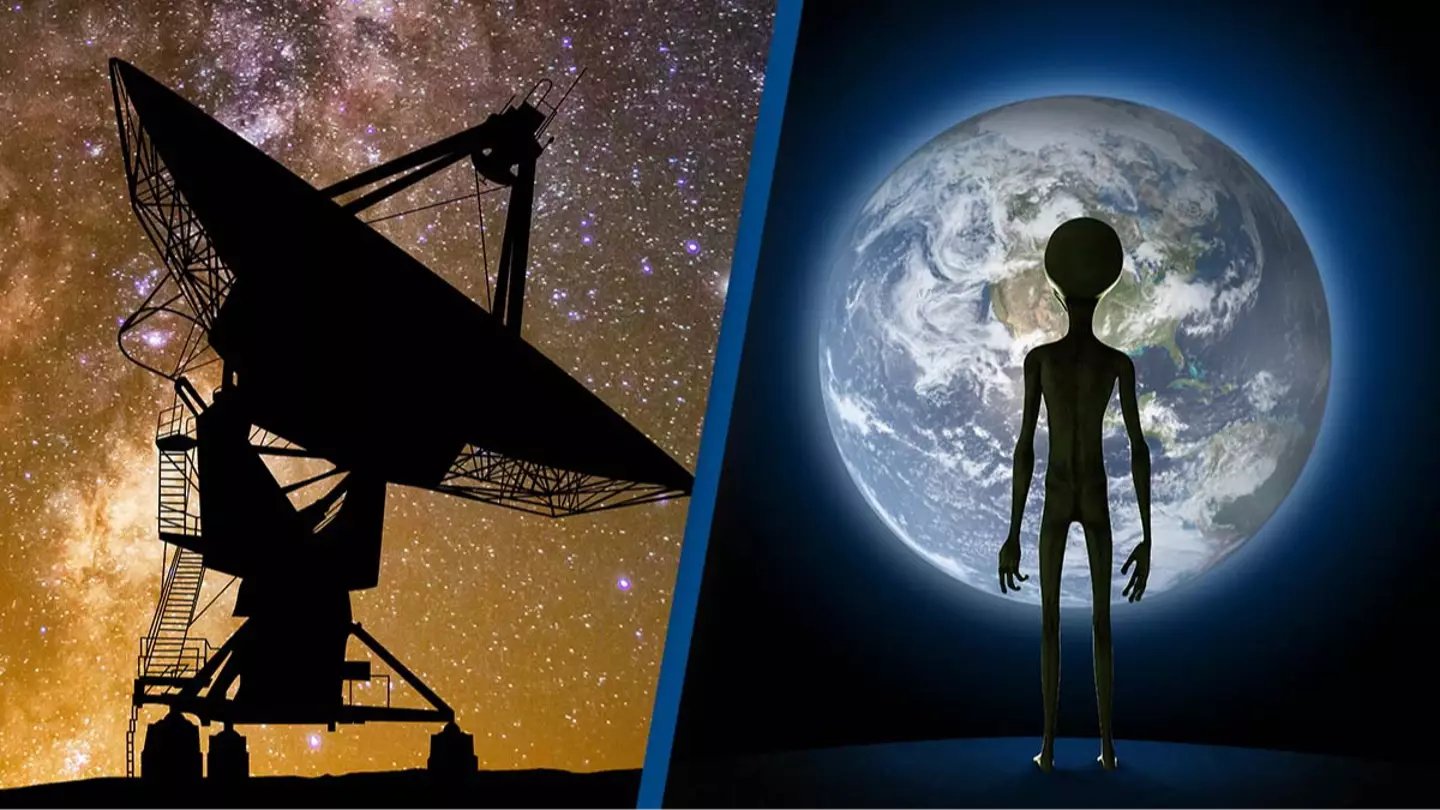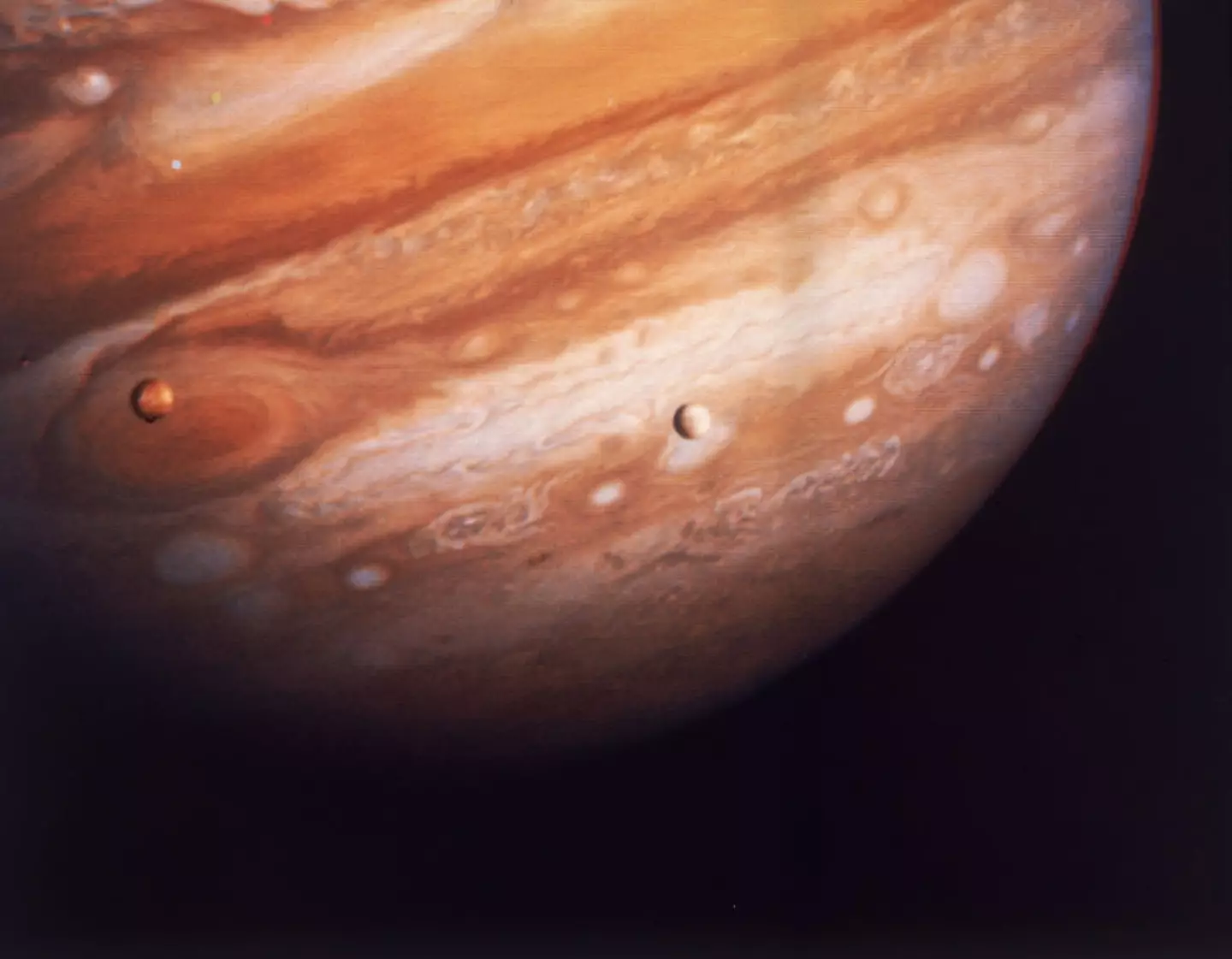
Where technological advancements arrive, so do the possibilities of meeting someone - or something - outside of our galaxy.
People have been speculating that we’ll get to meet alien life forms at some point, but the truth is far more exciting.
Some scientists actually believe that we’ll get to meet aliens within the next decade, after NASA announced its Jupiter Moon 2030 mission which will explore the ‘habitable’ world made of water.
Advert
However, there are those who think it’s going to be made due to the transmission signals that Earth has been sending out to space since the 1970s, which will catch the attention of something other.
The SETI project (Search for Extraterrestrial Intelligence) has been attempting to get alien’s attention for the past 50 years now and believes that one of their signals will achieve just that by 2036.
Seth Shostak, 80, has been the senior astronomer at the SETI project for decades and agrees with this theory.
He told Reddit: “The trend of improving hardware - mostly computers -- has proceeded unabated. I'm still betting on a signal by 2036.”

According to Shostak, the likelihood of Earth being one in many planets which can hold lifeforms is overwhelming.
Advert
He said: “That may be the strongest argument for life in space. Because, if there isn't any, there's something really exceptional about what's happened here on Earth. While that's not ruled out by the data, it does seem a little self-centered.”
But we could have already caught the attention of someone out there after NASA's DSN (Deep Space Network) has sent signals to Pioneer 10, a satellite which has a white dwarf star in its path.
According to researchers, the earliest we could hear back from the star is in 2029, as it’s 27 light-years from our planet.
Researchers at the University of California believe that the signal sent to the satellite would be returned by extraterrestrials.
Advert
However, a 2023 study by Manchester University believes that the number of satellites we have will make us even more likely to be discovered.

Professor Mike Garrett, Jodrell Bank Centre for Astrophysics at The University of Manchester, said to the Daily Mail: “I've heard many colleagues suggest that the Earth has become increasingly radio quiet in recent years - a claim that I always contested.
“Although it's true we have fewer powerful TV and radio transmitters today, the proliferation of mobile communication systems around the world is profound.
Advert
“While each system represents relatively low radio powers individually, the integrated spectrum of billions of these devices is substantial.
“Current estimates suggest we will have more than one hundred thousand satellites in low Earth orbit and beyond before the end of the decade. The Earth is already anomalously bright in the radio part of the spectrum; if the trend continues, we could become readily detectable by any advanced civilization with the right technology.”
Now, that’s pretty cool.
Topics: NASA, Science, Technology, Space
